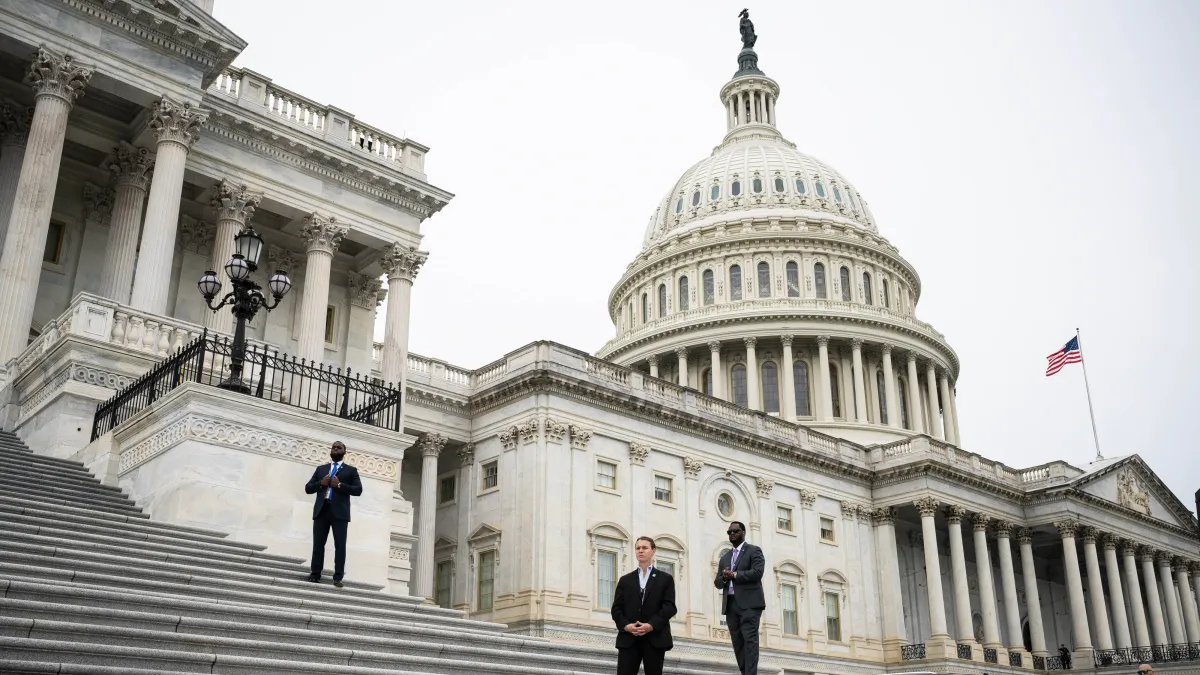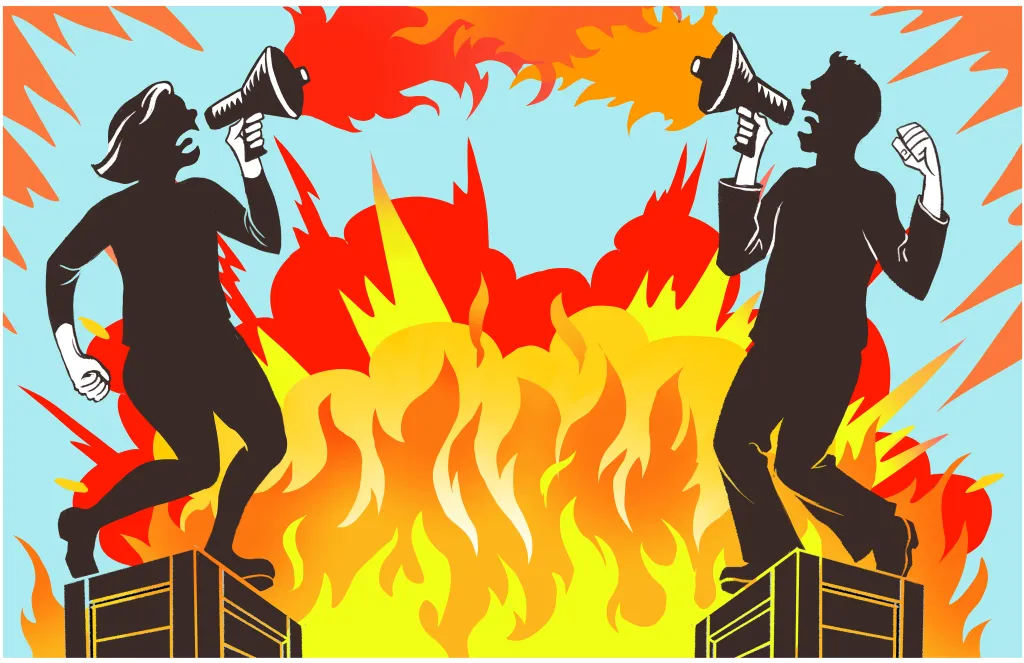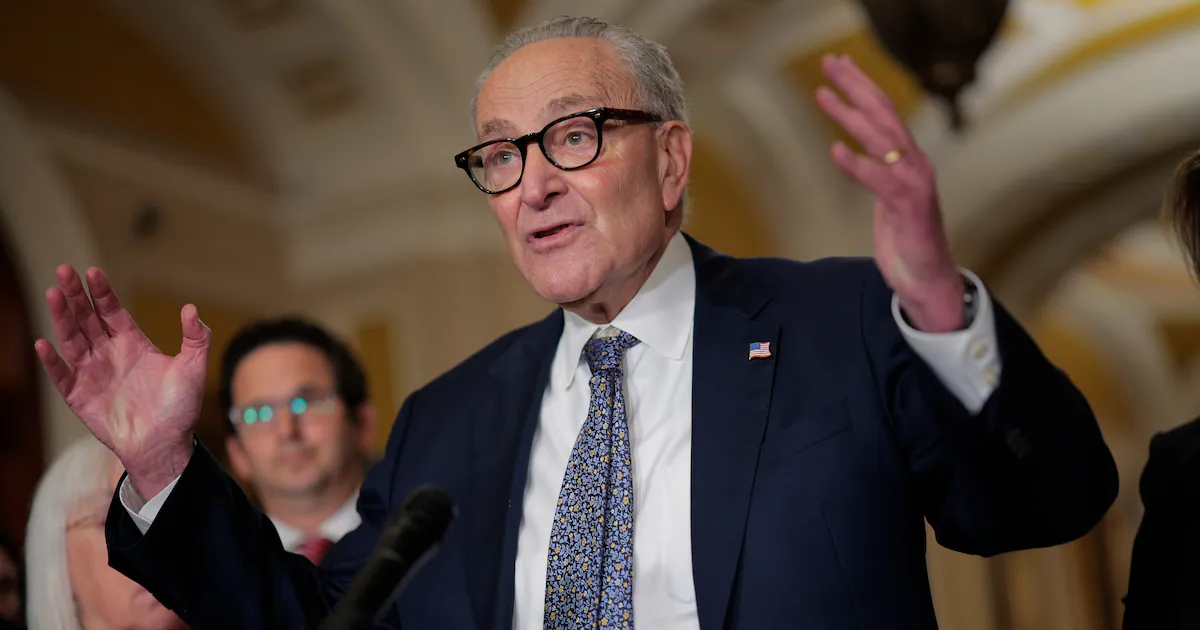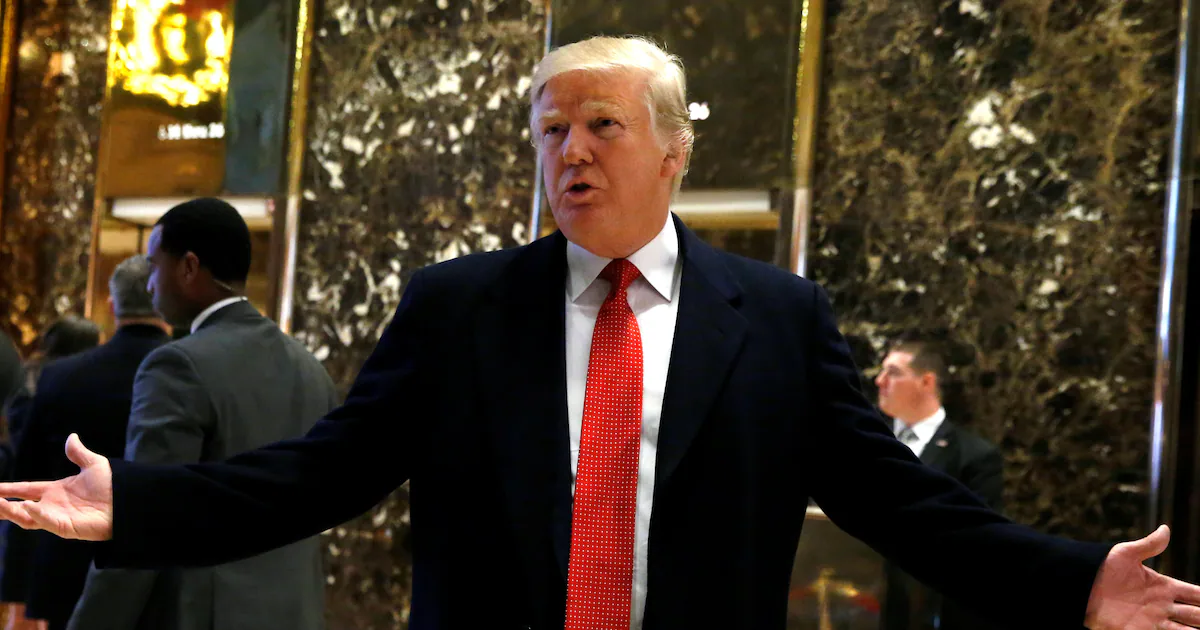
The U.S. government officially shut down at midnight after Congress and the White House failed to reach an agreement to keep government programs and services running by Wednesday’s deadline.
Roughly 750,000 federal workers are expected to be furloughed, some potentially fired by the Trump administration. Many offices will be shuttered, perhaps permanently, as President Donald Trump vows to “do things that are irreversible, that are bad” as retribution.
Other functions — like NASA’s space missions, President Trump’s immigration crackdown and certain public health work at FDA and the USDA — would continue.
It’s the first government shutdown since 2018, in Trump’s first term, which was the longest ever at 34 days, lasting into early 2019. As of Wednesday morning, there was no clear path to a resolution, with the two sides fundamentally at odds over how to resolve the impasse.
The Republican Party controls both chambers of Congress, but it needs Democratic support to pass a bill in the Senate, where 60 votes are required. The two parties failed to craft a bipartisan bill, with the Senate rejecting both a GOP proposal and a Democratic proposal just hours before the shutdown deadline.
Here’s a breakdown of what happened, what is expected, and how the shutdown could impact you.
Politics
Why is the U.S. government shutdown?
Republicans supported a short-term measure to fund the government generally at current levels through Nov. 21, but Democrats blocked it, insisting the measure address their concerns on health care. They want to reverse the Medicaid cuts in President Trump’s ‘mega-bill “Big, Beautiful Bill” passed this summer and extend tax credits that make health insurance premiums more affordable for millions of people who purchase through the marketplaces established by the Affordable Care Act.
Republicans called the Democratic proposal a nonstarter that would cost taxpayers more than $1 trillion.
Senate Majority Leader John Thune has said Republicans are happy to discuss the health care issue with Democrats — but not as part of talks to keep the government open. More votes are expected Wednesday.
“What the government spends money on is a demonstration of our country’s priorities,” said Rachel Snyderman, a former White House budget official who is the managing director of economic policy at the Bipartisan Policy Center, a think tank in Washington.
What happens in a shut down?
Now that a lapse in funding has occurred, the law requires agencies to furlough their “non-excepted” employees. Excepted employees, which include those who work to protect life and property, stay on the job but don’t get paid until after the shutdown ends.
The White House Office of Management and Budget begins the process with instructions to agencies that a lapse in appropriations has occurred and they should initiate orderly shutdown activities. That memo went out Tuesday evening.
The Congressional Budget Office estimates that roughly 750,000 federal employees could be furloughed each day of the shutdown, with the total daily cost of their compensation at roughly $400 million.
What’s staying open and shutting down
Overall, each federal agency develops its own shutdown plan. The plans outline which workers would stay on the job during a shutdown, and which would be furloughed.
Health and healthcare
The Medicare and Medicaid health care programs are expected to continue, though staffing shortages could mean delays for some services. Social Security payments still go out, and seniors relying on Medicare coverage can still see their doctors and health care providers can be reimbursed.
But Trump has warned that the administration could focus on programs that are important to Democrats, “cutting vast numbers of people out, cutting things that they like, cutting programs that they like.”
Health and Human Services will furlough about 41% of its staff out of nearly 80,000 employees, according to a contingency plan posted on its website.
As part of that plan, the Atlanta-based Centers for Disease Control and Prevention would continue to monitor disease outbreaks, while activities that will stop include research into health risks and ways to prevent illness.
Meanwhile, research and patient care at the National Institutes of Health would be upended. Patients currently enrolled in studies at the research-only hospital nicknamed the “house of hope” will continue to receive care. Additional sick patients hoping for access to experimental therapies can’t enroll except in special circumstances, and no new studies will begin.
Most of the Food and Drug Administration’s core responsibilities would continue, including responding to public health threats and managing product recalls and drug shortages.
Some routine activities, including previously scheduled inspections of company manufacturing plants, will be halted. But the agency will continue to conduct inspections when it has reason to suspect a problem that could endanger consumers.
Government activities that ensure the immediate safety of the food supply will continue, including food recalls, investigations and inspections of imports. But longer-term food safety efforts, including initiatives aimed at reducing foodborne illnesses, would be paused.
About 86% of the agency’s staff would remain on the job because their work is deemed essential or they are funded by non-federal sources, according to the administration’s shutdown plan. FDA scientists who review drugs, medical devices and tobacco products are mostly or entirely funded by company fees, not the federal government.
Parks and museums
As agencies sort out which workers are essential, or not, Smithsonian museums are expected to stay open at least until Monday. A group of former national park superintendents urged the Trump administration to close the parks to visitors, arguing that poorly staffed parks in a shutdown are a danger to the public and put park resources at risk.
FEMA
While FEMA’s core disaster relief functions would not be affected, at least in the short term, other aspects of the agency’s work would be impacted. Some grant approvals would be paused, and no new policies could be written under the National Flood Insurance Program, halting new mortgages that require flood insurance.
Air Traffic Control and Airports
Air traffic controllers already certified and on the job would be among the essential workers who would continue during any shutdown but their pay could be affected.
National Air Traffic Controllers Association President Nick Daniels has said that having to work without a paycheck adds stress to controllers who already do a difficult job. He said that in past shutdowns some controllers have even had to get side jobs to help pay bills while the shutdown drug on.
Capt. Jason Ambrosi, president of the Air Line Pilots Association, urged Congress to reach an agreement. “A shutdown threatens the stability of the safest aviation system in the world,” Ambrosi said.
At Airports, TSA agents would likely be required to work without pay until the shutdown ends.
Homeland Security and Immigration
Most Department of Homeland Security employees would continue to work, because much of the department’s workforce is connected to law enforcement or works in areas funded by user fees as opposed to Congressional appropriations.
In a message posted to X early Wednesday, U.S. Immigration and Customs Enforcement said there was no change to immigration laws or enforcement during a shutdown.
USPS
You’ll still get mail delivered, and post offices will remain open. The U.S. Postal Service is unaffected by a government shutdown. It’s an independent entity funded through the sale of its products and services, not by tax dollars.
Impact on the economy
Impact on the economy
Phillip Swagel, director of the Congressional Budget Office, said a short shutdown doesn’t have a huge impact on the economy, especially since federal workers, by law, are paid retroactively. But “if a shutdown continues, then that can give rise to uncertainties about what is the role of government in our society, and what’s the financial impact on all the programs that the government funds.”
“The impact is not immediate, but over time, there is a negative impact of a shutdown on the economy,” he added.
Markets haven’t reacted strongly to past shutdowns, according to Goldman Sachs Research. At the close of the three prolonged shutdowns since the early 1990s, equity markets finished flat or up even after dipping initially.
A governmentwide shutdown would directly reduce growth by around 0.15 percentage points for each week it lasted, or about 0.2 percentage points per week once private-sector effects were included, and growth would rise by the same cumulative amount in the quarter following reopening, writes Alec Phillips, chief U.S. political economist at Goldman Sachs.
Will furloughed federal workers get paid?
Yes. In 2019, Congress passed a bill enshrining into law the requirement that furloughed employees get retroactive pay once operations resume.
While they’ll eventually get paid, the furloughed workers and those who remain on the job may have to go without one or more of their regular paychecks, depending upon how long the shutdown lasts, creating financial stress for many families.
Service members would also receive back pay for any missed paychecks once federal funding resumes.



